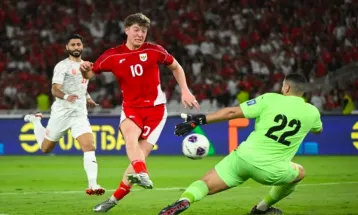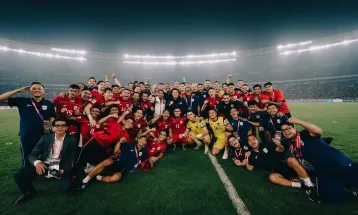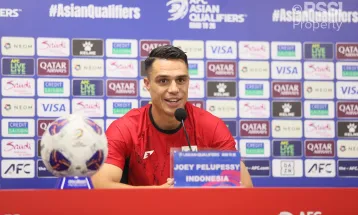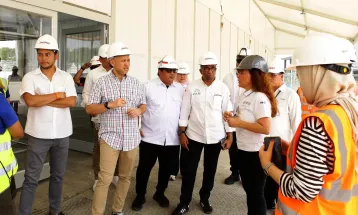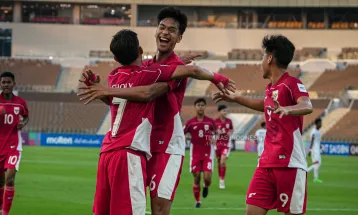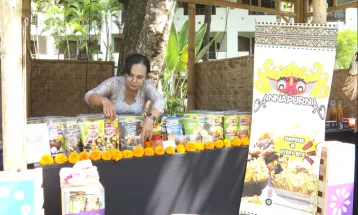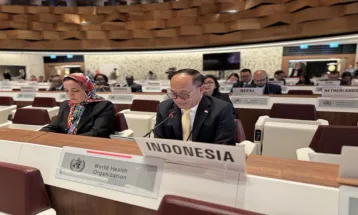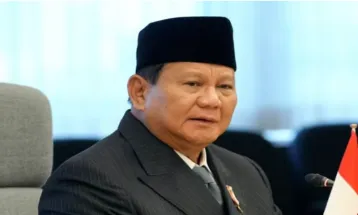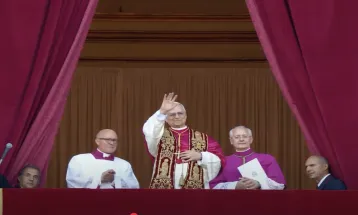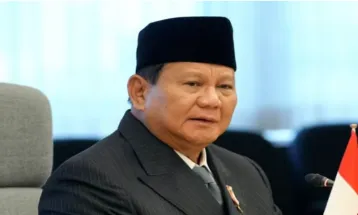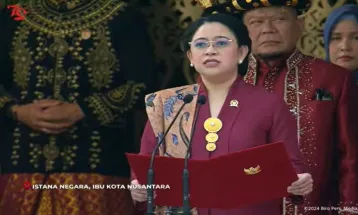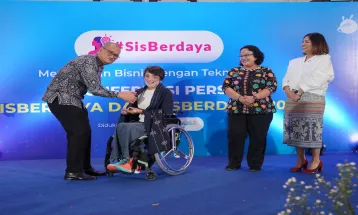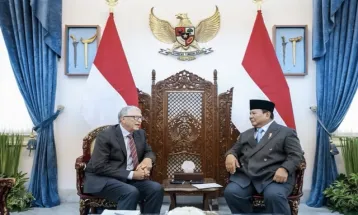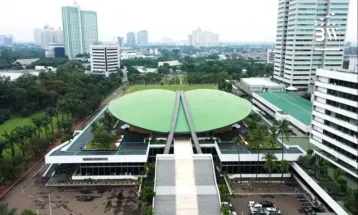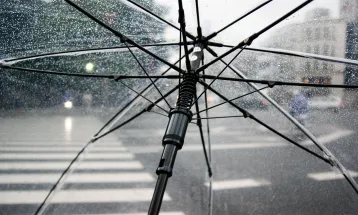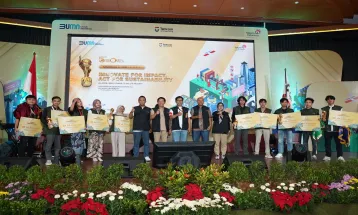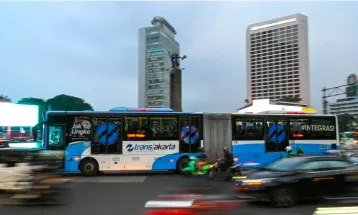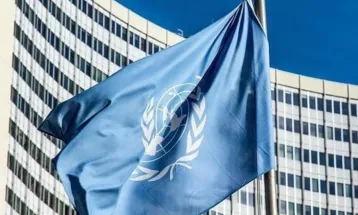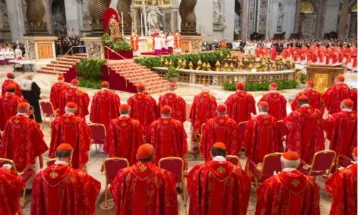NEWS
Raden Said Soekanto and the Women Police: A Symbol of Gender Equality
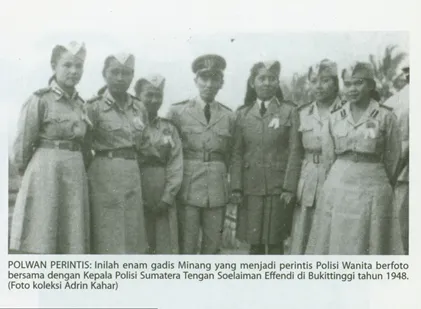
SEAToday.com, Jakarta - September 1 is commemorated as National Policewomen's Day. The first Indonesian National Police Chief, Raden Said (R.S) Soekanto Tjokrodiatmojo, initiated the formation of the Women's Police Corps to realize gender equality and carry out specific tasks. Particularly, to maintain the police's humanistic image.
No national figure had ever imagined what the State Police Department (now the Indonesian National Police) would look like in the future. No one had a complete picture. Most national figures were too busy with macro issues. They were focused on efforts to maintain independence.
They were also thinking about seeking international support. Micro issues, such as who would build the National Police, hadn't been considered at all. However, national figures Sartono and Iwa Kusumasumantri took the initiative.
They tried to invite their fellow freedom fighter friend, R.S. Soekanto, to the first Indonesian cabinet meeting on September 29, 1945. Bung Karno, who chaired the meeting, was very pleased.
He suddenly had an idea of who would be suitable to become the National Police Chief. Surprisingly, Bung Karno chose Soekanto as the first Indonesian National Police Chief. His inauguration was simple. Bung Besar wanted Soekanto to form the National Police.
Bung Karno was not wrong. Soekanto was indeed highly experienced as a police officer, even as a police trainer. Hoegeng Iman Santoso was even recorded as one of his students.
General Soekanto had also reached the highest rank as a native Indonesian police officer during the Dutch colonial era. Soekanto was indeed surprised when he was appointed by Bung Karno. However, that didn't mean he was incapable.
"Soekanto was officially appointed as the first National Police Chief, a position he held during the physical revolution period, the United States of Indonesia period, and upon returning to a unitary state on August 17, 1950, until 1959, when Soekanto was appointed as the Junior Minister of Police," said Awaloedin Djamin in his article in the Mimbar Kekaryaan ABRI magazine titled "Commemoration of the 49th Bhayangkara Day", edition 293 May 1995.
Women Become Police Officers
General Soekanto's dedication to the police force is unquestionable. He was active since the Dutch and Japanese colonial periods. His experience made him seasoned. He did not rest on his laurels after being chosen as the National Police Chief.
He began formulating plans to build the police force from scratch. The functions and technicalities of the police originated from his ideas. He also tried to build the National Police systematically. He sent many police officers abroad to learn various things.
He began forming many police units, from air to maritime police. His most memorable idea was building the Women's Police Corps. Soekanto wanted the police force not to be a monopoly of men only. He wanted women to also be involved in building the National Police to realize gender equality.
This idea was adopted because Soekanto saw that not all tasks in the field could be done by men. Especially matters related to women and children. The presence of women police officers could maintain a police officer's humanism. Women were then given the opportunity to enter police training in 1948.
"Actually, the desire to accept women police officers first came from the National Police during the revolution era in Yogyakarta. Then, on September 1, 1948, the National Police in West Sumatra accepted six candidates to be trained as Bukittinggi Women Police Inspectors," was written in a Tempo magazine report titled "Women Police", September 15, 1973.
The six women were Dahniar, Yosmaniar, Mariana, Rosmalina, Nelly Pauna, and Rosnalia. They received police training in Bukittinggi. However, they actually spent most of their time helping freedom fighters in the Revolutionary War.
They also participated in defending independence in the Revolutionary War. They joined the guerrilla warfare for the nation. Their struggle was rewarded when Indonesia's sovereignty was recognized by the Netherlands in December 1949. Soekanto appreciated this role.
Women Police Officers Serving the Nation
The full independence of Indonesia provided them with the opportunity to resume their police education at the State Police Academy (SPN) Mertoyudan, Sukabumi, West Java. All six graduated in 1951. They were initially assigned special tasks at the Metro Jaya Regional Police.
"R.S. Soekanto was a person who upheld gender equality, as evidenced by his attitude towards the six women police officers. Based on the National Police Chief's Order No. 18/V51, dated July 25, 1951, which placed these women inspectors administratively in the National Police," explained Achmad Turan and his colleagues in the book "General of Police R.S. Soekanto: The first Chief of the Indonesian National Police 1945-1959" (2000).
Initially, they were given tasks not much different from those of men. General police duties, from intelligence to traffic. The difference was that they were also equipped with specific knowledge related to women and children's issues. This knowledge allowed women police officers to demonstrate the humanistic side of a police officer.
This knowledge included child care and nursing skills. This role was not yet perfect. Soekanto formulated the knowledge he gained from abroad to form integrated and optimal women police officers. Finally, they went directly into the community and began to learn about the situation.
"As the first Women Police officers, they were administratively placed in the National Police for the time being and seconded to thecMetro Jaya Regional Police and its surroundings to work on a practical basis while gaining more insight, experience, and knowledge," said Ambar Wulan and Awaloedin Djamin in the book "General Police R.S. Soekanto Tjorodiatmodjo" (2016).
Their duties later began to increase. Women police officers were used to investigate or eradicate crimes related to women and children. They became the spearhead in monitoring prostitution and trafficking in women.
The presence of women police officers further complemented the National Police institution. This condition proved that maintaining security and order was not solely a monopoly of men. Women could also do it. In fact, women often became a symbol of the humanism of the police.


















